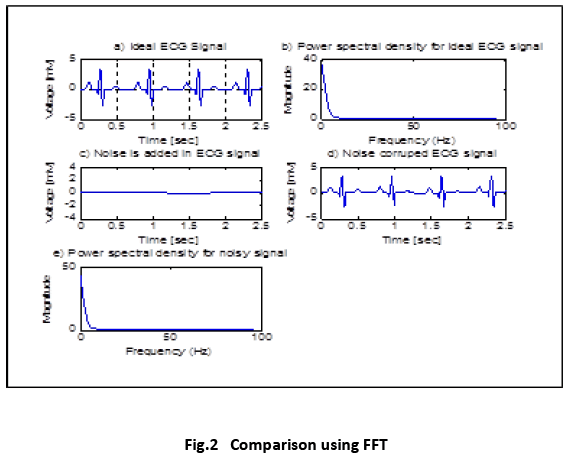

- #ECG SIGNAL USING WAVELET MATLAB CODE SKIN#
- #ECG SIGNAL USING WAVELET MATLAB CODE PORTABLE#
- #ECG SIGNAL USING WAVELET MATLAB CODE SOFTWARE#
In ( 2), * denotes complex conjugate, and is a scale factor and a translation factor. The continuous WT of a signal is defined as Wavelet transform (WT) is one of the most used tools in multiresolution signal analysis due to its ability to decompose a signal at various resolutions, which allow observing high-frequency events of short duration in nonstationary signals.

#ECG SIGNAL USING WAVELET MATLAB CODE SOFTWARE#
In order to select an appropriate method for the development of the software modeling, noise suppression and feature extraction procedures on ECG signals are studied in the following. Moreover, these software models will also enable very quick tests of the required signal processing. Appropriate software models and parameter selection are presented based on mathematical analysis for the mentioned ECG digital processing. This suppression is carried out with a one-step wavelet processing, which reduces computing cost. This paper proposes an arrangement of discrete wavelet transform structures for ECG signal processing on portable, embedded computing real-time implementations, focusing on the suppression of different types of noise including DC levels and wandering. Discrete wavelet transform (DWT) provides a multiresolution, analysis, which allows representing a signal by a finite sum of components at different resolutions so that each component can be processed adaptively based on the objectives of the application. This fact makes WT one of the most used tools for biosignal processing, with ECG being an obvious candidate for this type of analysis. This transform produces a time-frequency decomposition of the signal under analysis, which separates individual signal components more effectively than the traditional Fourier analysis. Wavelet transform (WT) is a useful tool for a variety of signal processing and compression applications its primary, and most advantageous, application areas are those that have to generate or process wideband signals. Thus, denoising this type of signals is decisive for further parameter extraction in clinic applications.
#ECG SIGNAL USING WAVELET MATLAB CODE PORTABLE#
Instead, the software scheme is more powerful and feasible for portable ECG signal processing. However, the baseline wandering and other wideband noises are not easy to be suppressed by analog circuits. Usually the ECG signal acquisition analog hardware can remove the power line interference. The power line interference is narrow-band noise centered at 50 Hz or 60 Hz with a bandwidth of less than 1 Hz. Except for these two noises, other noises may be wideband and usually involve a complex stochastic process, which also distorts the ECG signal.

Among these noises, the power line interference and the baseline wandering (BW) are the most significant and can strongly affect ECG signal analysis. In general, ECG contaminants can be classified into different categories, including power line interference, electrode pop or contact noise, patient-electrode motion artifacts, electromyographic (EMG) noise, and baseline wandering. For processing ECG signals, it is necessary to remove contaminants from these signals that make visual inspection and ECG feature extraction difficult. This circumstance is highlighted when the target is the measurement of fetal ECG signals acquired over the mother’s abdomen. This fact makes the ECG signal to be contaminated by different sources of noise.
#ECG SIGNAL USING WAVELET MATLAB CODE SKIN#
ECG acquisition from the human skin involves the use of high gain instrumentation amplifiers. IntroductionĮlectrocardiogram (ECG) is a valuable technique that has been in use for over a century, not only for clinic applications.

Moreover, results from real abdominal ECG signals acquired from pregnant women are presented in order to validate the presented approach. The system has been tested using synthetic ECG signals, which allow accurately measuring the effect of the proposed processing. In addition an exhaustive study is carried out, defining threshold limits and thresholding rules for optimal wavelet denoising using this presented technique. A novel one-step implementation is presented, which allows improving the overall denoising process. This paper illustrates the application of the discrete wavelet transform (DWT) for wandering and noise suppression in electrocardiographic (ECG) signals.


 0 kommentar(er)
0 kommentar(er)
